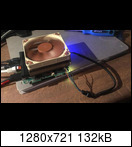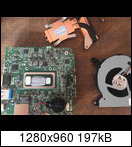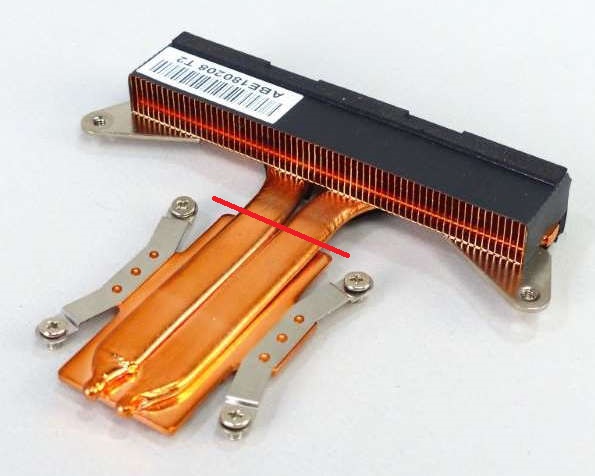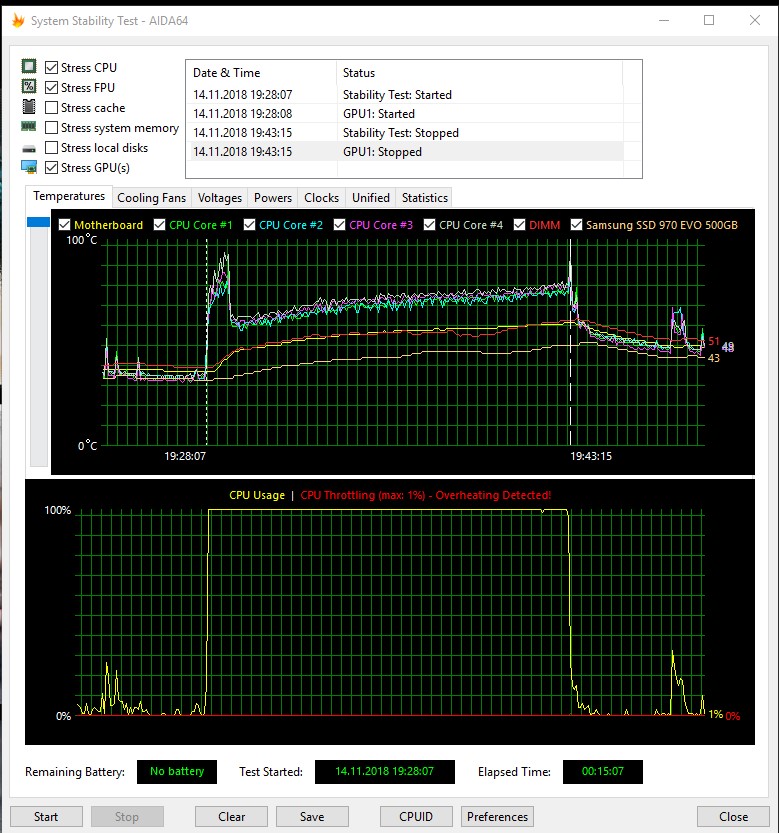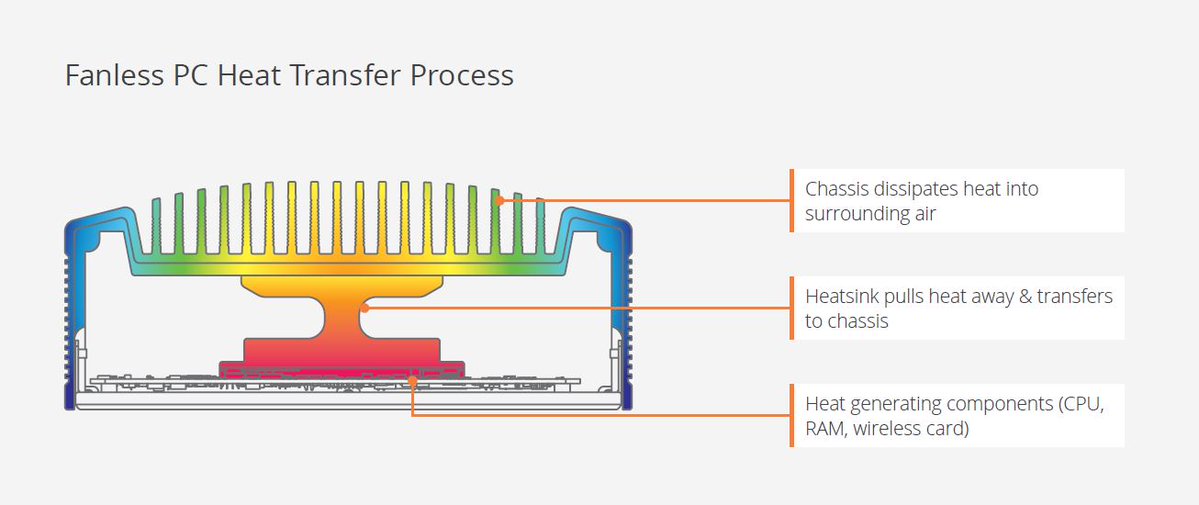omnium
Banned
Thread Starter
- Mitglied seit
- 26.04.2009
- Beiträge
- 3.510
see the extreme good results of a 'dirty/crude' Intel NUC Skull Canyon cooling mod Intel Nuc Skull Canyon 6I7KYK cooling mod with the beloved Noctua NH-L9i..

..this solution is crude and dirty but effective...I love it and it encourages me to try such an easy way with the Macho 90...and I'm very excited about what's coming...

An dieser Stelle möchten wir Ihnen ein Youtube-Video zeigen. Ihre Daten zu schützen, liegt uns aber am Herzen: Youtube setzt durch das Einbinden und Abspielen Cookies auf ihrem Rechner, mit welchen sie eventuell getracked werden können. Wenn Sie dies zulassen möchten, klicken Sie einfach auf den Play-Button. Das Video wird anschließend geladen und danach abgespielt.
Youtube Videos ab jetzt direkt anzeigen

..this solution is crude and dirty but effective...I love it and it encourages me to try such an easy way with the Macho 90...and I'm very excited about what's coming...

Datenschutzhinweis für Youtube
An dieser Stelle möchten wir Ihnen ein Youtube-Video zeigen. Ihre Daten zu schützen, liegt uns aber am Herzen: Youtube setzt durch das Einbinden und Abspielen Cookies auf ihrem Rechner, mit welchen sie eventuell getracked werden können. Wenn Sie dies zulassen möchten, klicken Sie einfach auf den Play-Button. Das Video wird anschließend geladen und danach abgespielt.
Youtube Videos ab jetzt direkt anzeigen



 please say something about the noise while stresstest compared to the stock NUC...lower temps mean better score...which score did you get with the benchmark...i get 1224 Marks with the stock NUC.
please say something about the noise while stresstest compared to the stock NUC...lower temps mean better score...which score did you get with the benchmark...i get 1224 Marks with the stock NUC. )
)


 You have a brillant result with the Noctua and you can't hear anything...you've reached your goal
You have a brillant result with the Noctua and you can't hear anything...you've reached your goal 
